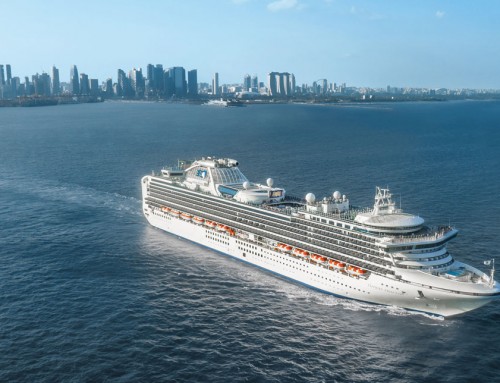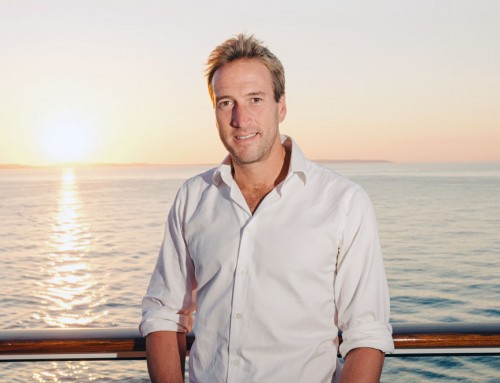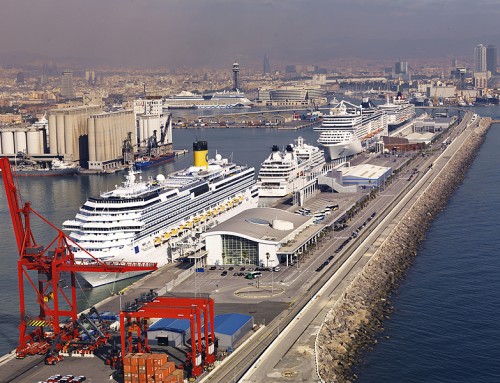The world’s leading cigar dealers gathered in Havana this week – they were arriving by the coach-load for a function at the Hotel Nacional as I sipped my umpteenth Mojito of the day.
And even to an ex-smoker of 10 months’ standing, the aroma of cigars and cigar smoke has been pleasantly pervasive during my first few days in Cuba.
The highlight of day one was a tour of the H. Upmann factory where I followed every process of the manufacture of cigars from the moment tobacco leaves arrive in bundles to be sorted and weighed, through further refinements and gradings, to the blending and hand-rolling into countless sizes and brands and finally separating them by colour to be packed into boxes of 25.
The only machines involved were the suction pumps which checked every single cigar to ensure they would draw properly – those that failed the test were sent back to be re-rolled.
Given the labour-intensiveness of the procedure – about 500 men and women labour in the factory for eight to 12 hours a day – it is no surprise that boxes of the finest quality Cohibas sell for about £300.
The only disappointment was to discover that the rolling process takes place on wooden boards rather than, as I had fondly imagined, on virginal thighs. Even that will not diminish the pleasure I anticipate when, at an appropriate moment, I light up the cigar I was given as I left the factory. I may be an ex-smoker, but there are times when all resolutions must be broken.
To complete the picture I should perhaps light up with a book by Ernest Hemingway in one hand, and a Mojito in the other. The two have been the other recurring themes of my all-too-brief visit to Havana and they are, of course, inextricably linked.
At the rum museum just down the road from the Plaza de San Francisco de Asis, where Saga Pearl II was berthed at the Sierra Maestra cruise terminal, I learned the history of Cuba’s national drink and the manufacturing process of Havana Club – which I now know to be far superior to the ubiquitous Bacardi.
At various bars since then I have spurned Hemingway’s favoured Daiquiri in favour of the refreshingly minty and lemony Mojito. I could get used to this . . .
In Hemingway’s former home of Finca La Vigia in San Francico de Paula I saw some of the thousands of books the author collected in his 21 years there from 1939 to 1960, and walked past the swimming pool where Ava Gardner once swam naked.
Dozens of dogs, descendants of Hemingway’s pets, roam the gardens, and there’s a touching cemetery where four of his favourites lie buried.
Back in Old Havana, millions are being spent on restoring the crumbling buildings which line its decaying streets. Billions more will be needed to complete the work on the fabulous collection of baroque, neo-classical, art nouveau and art deco edifices. By the time it is completed – if it ever is – much of the atmosphere will have been swept away with the dust from the pavements. It’s a privilege to be able to stroll the streets now and to imagine what they must have been like in their hey-day.
And it was a pleasuure to be welcomed warmly by the Havana locals, all proud to show visitors behind closed doors of Havana and to profess their admiration for one particular aspect of British culture – not football, not Manchester United or Chelsea but, inexplicably, Ali G.
It would be comforting to think that some of the money for Havana’s restoration is coming from another of the citiy’s big tourist draws. Tropicana is a fantastical dream of a nightclub, created in a garden, which has been holding displays of high camp cabaret since 1939.
Scores of dancers fill the stage and surrounding platforms concealed among the trees for a near two hour extravaganza of dance and song and acrobatics – with more sequins than a series of strictly, and more feathers than an explosion in a turkey shed.
If the costumes are spectacular and the dancing exhaustingly energetic, the singing and the musical accompaniment – from a full orchestra high among the palms – is sometimes stridently painful. But the overall effect, fuelled by yet more rum and cigar smoke, is strangely seductive and dazzlingly decadent.
Cuba in a nutshell, in fact.
Saga Pearl II is now on its way to our next port of call, Cienfuegos, on the south coast of Cuba.
A relaxing day at sea was interrupted by a moment of drama before lunch when the officer of the watch on the bridge spotted an upturned speedboat in the water. The ship was turned round as we went to investigate, but there was no sign of life (or death) aboard, and having notified the Cuban coastguard, we were on our way again.
I’ll be back with more updates whenever internet access permits – easier said than done in these parts and with Saga Pearl II’s limited facilities. If I disappear for a few days it will, I assure you, be simply because of computer connectivity problems rather than a surfeit of rum or cigars.
Honest.





Leave A Comment